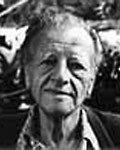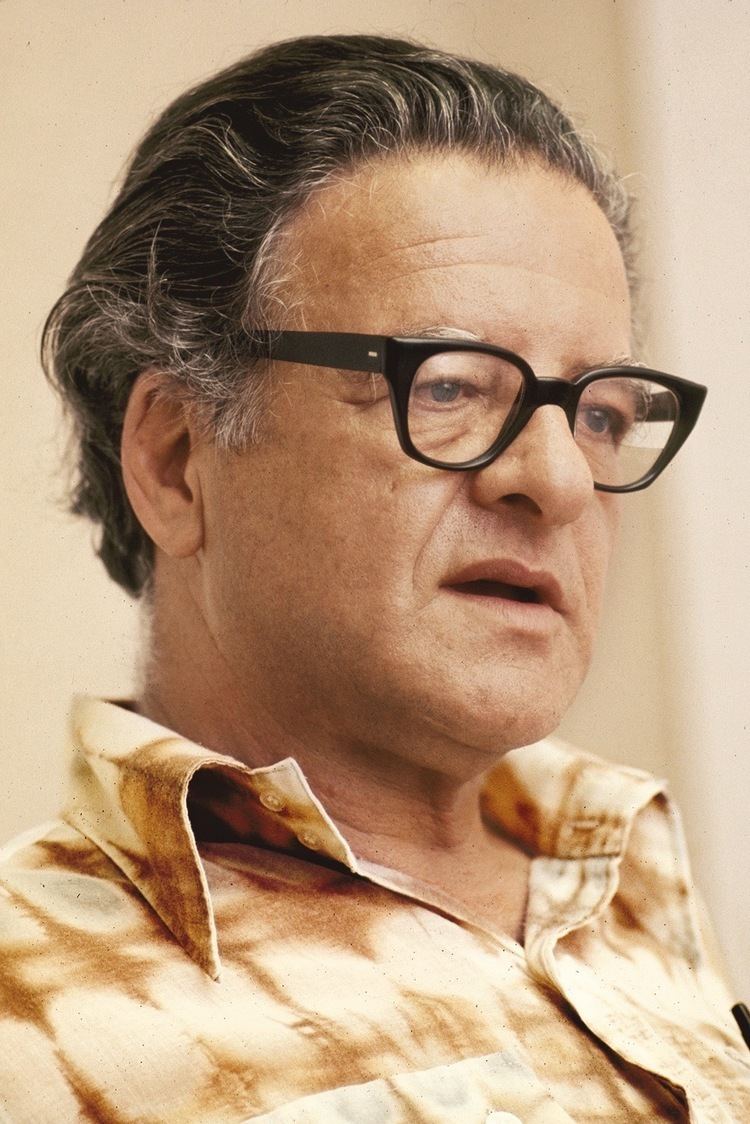Nationality Austrian Role Architect | Name Alfred Preis Occupation Architect | |
 | ||
Awards National AIA award for Arizona Memorial and the First Methodist ChurchSpecial Citation for Contribution to the Environment Practice Redlich und Berger in Austria, then Dahl and Conrad, Hartwood, Associated Architects, and his own office in Honolulu Buildings USS Arizona Memorial, the entrance of the Honolulu Zoo, the First United Methodist Church, ILWU headquarters (all in Honolulu) Alma mater Vienna University of Technology | ||
The Priceless Architecture Of Alfred Preis
Alfred Preis (February 2, 1911 – March 29, 1993) was an Austrian-born American architect best known for designing the USS Arizona Memorial in Pearl Harbor.
Contents
- The Priceless Architecture Of Alfred Preis
- Alfred Preis Roofing as Motif in Hawaiian Architecture Humane Architecture
- Early years in Austria
- Internment
- Career
- Later years
- References

Alfred Preis: Roofing as Motif in Hawaiian Architecture (Human(e) Architecture)
Early years in Austria
Born and raised in Vienna, Austria, Preis spent his early architecture career in Vienna. He studied at the Vienna Technical University, earned his Architecture diploma in 1938, and worked as a site manager for Redlich and Berger and as a freelance designer for interiors, furniture and store fronts. Although of Jewish background, he converted to Roman Catholicism in 1936. Newlywed, he and his wife fled Austria in 1939 in the face of the German annexation of his homeland and emigrated to the U.S. with the help of the Catholic Refugee Association.
Internment
He eventually settled in Honolulu, Hawaii, where he was detained for three months at the Sand Island Detainment Camp in Hawaii after the December 7, 1941 attack as part of the internment policy of Japanese and German Americans.
Career
Preis designed several landmark buildings in Honolulu, including the entrance to the Honolulu Zoo, but is best known for the USS Arizona Memorial. His design for the memorial was selected from those of several other architects. The Navy stipulated that the memorial was supposed to resemble a bridge, handle 200 people and not touch Arizona herself. The original design included portholes where visitors could see the ship beneath the surface. The Navy vetoed this.
The memorial, which was dedicated by John F. Kennedy in 1962, was initially criticized for being a "squashed milk carton" because of its sagging center roof design. Preis responded:
Wherein the structure sags in the center but stands strong and vigorous at the ends, expresses initial defeat and ultimate victory....The overall effect is one of serenity. Overtones of sadness have been omitted to permit the individual to contemplate his own personal responses...his innermost feelings.
The memorial is Oahu's biggest tourist destination with 1.5 million visitors a year.
Later years
Preis went on to become a promoter for arts and culture education in Hawaii. He was the first executive director of the Hawaii State Foundation for Culture and the Arts, serving from 1966 to 1980. During this time he championed a successful effort that, in 1967, made Hawaii the first state to require companies to donate one percent of construction costs for public art. Also under Preis' leadership, the HSFCA and the Department of Education established the Artists in the Schools program that provided opportunities for elementary and secondary students in Hawaii schools to work with local professional artists.
Preis' ashes were scattered from the memorial. The Hawaii Arts Alliance presents an award known as the Alfred Preis Honor to an individual who demonstrates a lifetime commitment to arts and arts education in Hawaii.
